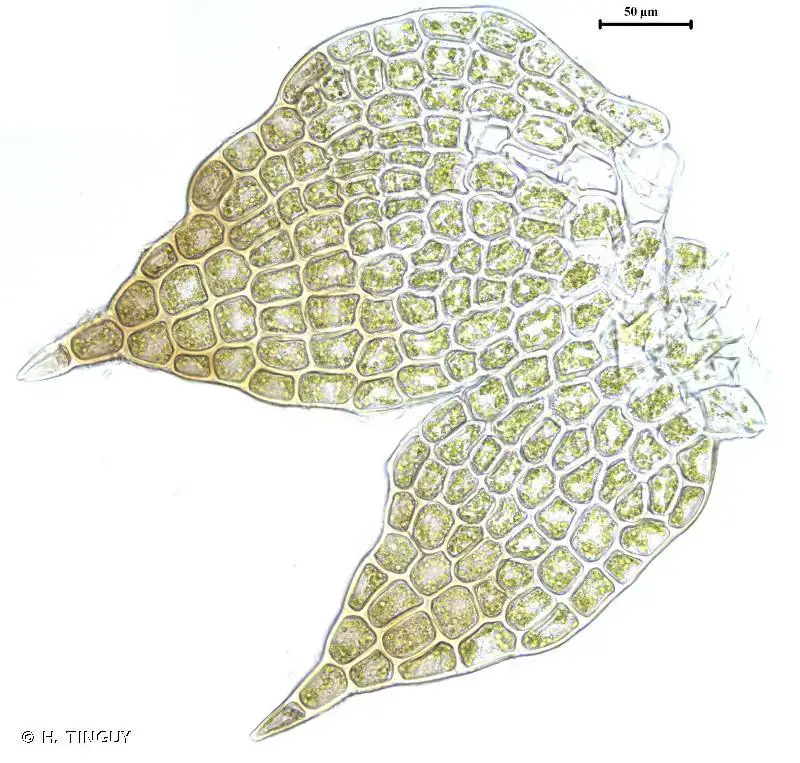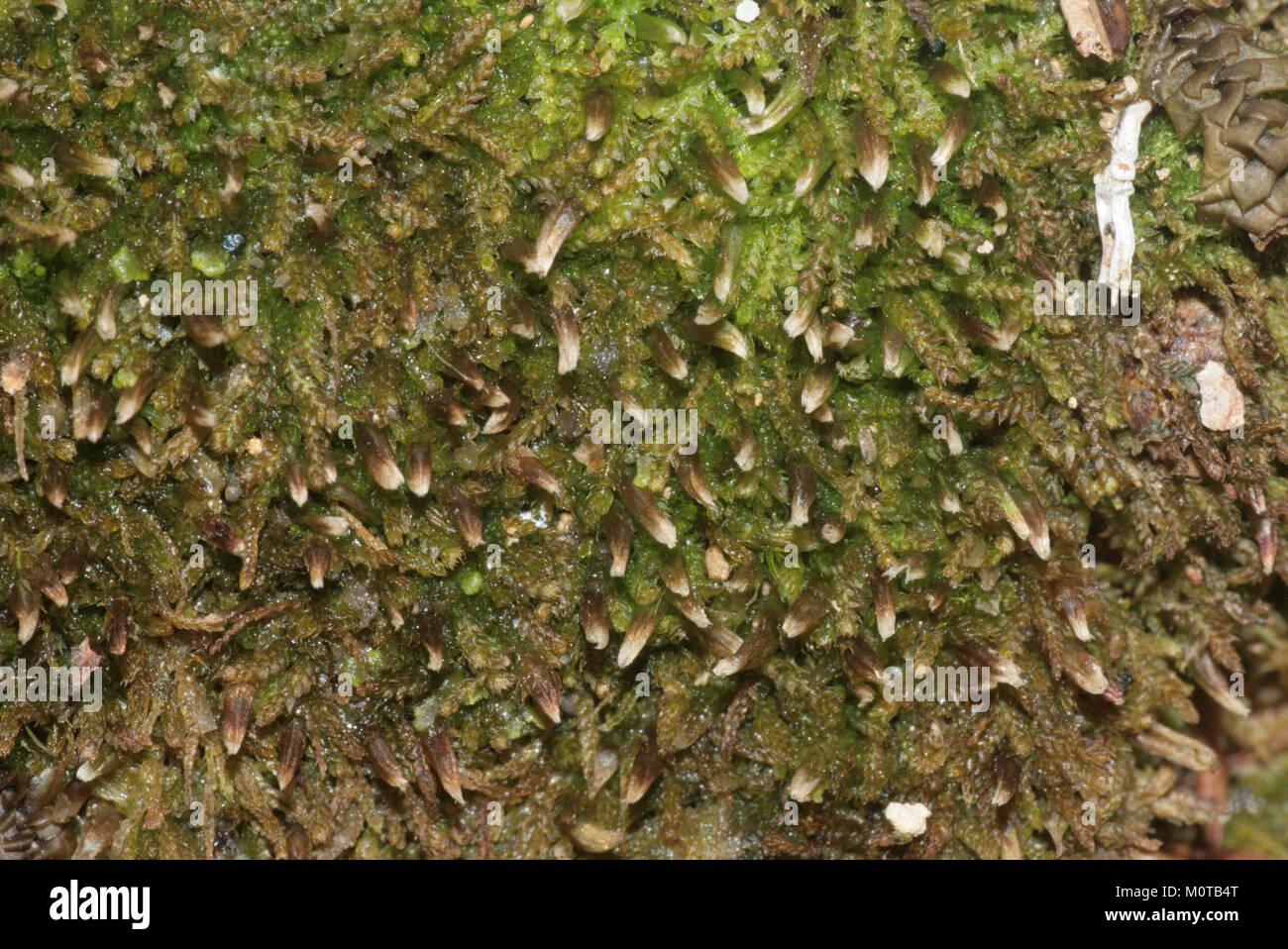
304252.jpg from: https://inpn.mnhn.fr/espece/cd_nom/6572
Exploring the Fascinating World of Cephalozia bicuspidata subsp. ambigua Moss
Introduction
The world of mosses is full of fascinating and unique species that play important roles in ecosystems around the globe. One particularly interesting moss is

cephalozia-bicuspidata-d-144625-474717-1376-M0TB4T.jpg from: https://www.alamy.com/stock-photo/cephalozia-bicuspidata.html
Cephalozia bicuspidata subsp. ambigua (C.Massal.) R.M.Schust., commonly known as Cephalozia. This small but mighty moss belongs to the Cephaloziaceae family and has some remarkable characteristics. In this blog post, we’ll dive into the details of Cephalozia bicuspidata subsp. ambigua and explore what makes it so special.
Background
Cephalozia bicuspidata subsp. ambigua is a type of leafy liverwort, which are non-vascular plants in the division Marchantiophyta, class Jungermanniopsida. Liverworts are some of the oldest land plants, with fossils dating back over 400 million years. There are over 7,000 species of liverworts found all over the world, from the arctic tundra to tropical rainforests.
Morphology and Identification
Cephalozia bicuspidata subsp. ambigua is a small moss, typically growing in dense mats or cushions. The shoots are slender and prostrate, creeping along the substrate. The leaves are succubous (lying flat and overlapping like shingles) and bilobed, meaning each leaf is divided into two equal lobes or segments. The underleaves are small or absent. Rhizoids are sparse.
The species gets the name “bicuspidata” from the two sharp points or cusps at the tips of the leaf lobes. “Ambigua” refers to the fact that this subspecies can be tricky to distinguish from the main Cephalozia bicuspidata species. However, subsp. ambigua tends to be a bit smaller overall with narrower leaf lobes.
Sporophytes are produced frequently and consist of a round capsule on a translucent white seta. The capsule splits into 4 valves when mature to release the spores.
Global Distribution and Habitat
Cephalozia bicuspidata subsp. ambigua has a widespread distribution, being found in North America, Europe, Asia, and Australia/New Zealand. It grows in a variety of habitats including on soil, rocks, rotten wood, tree bases, and even other bryophytes. This moss is most commonly found in damp, shaded environments such as forests, ravines, and stream banks. It can tolerate a range of substrates from acidic to calcareous.
Ecological Roles and Adaptations
Like other mosses and liverworts, Cephalozia plays important roles in the ecosystems where it grows:
- Helps retain moisture and prevent erosion
- Provides shelter and food for micro-organisms and invertebrates
- Contributes to nutrient cycling as it grows and decomposes
- Pioneer species that colonizes disturbed areas
Cephalozia has several adaptations that allow it to thrive in its preferred habitats:
- Small size and prostrate growth lets it grow in limited space
- Rhizoids anchor it to the substrate
- Leaves and shoots absorb water and nutrients directly
- Produces abundant spores for reproduction and dispersal
Conclusion
Cephalozia bicuspidata subsp. ambigua may be small, but it is a prime example of how even the tiniest organisms can have big ecological impacts. Next time you’re out in nature, take a closer look and see if you can spot this amazing moss! What other miniature marvels are hiding in plain sight around us?